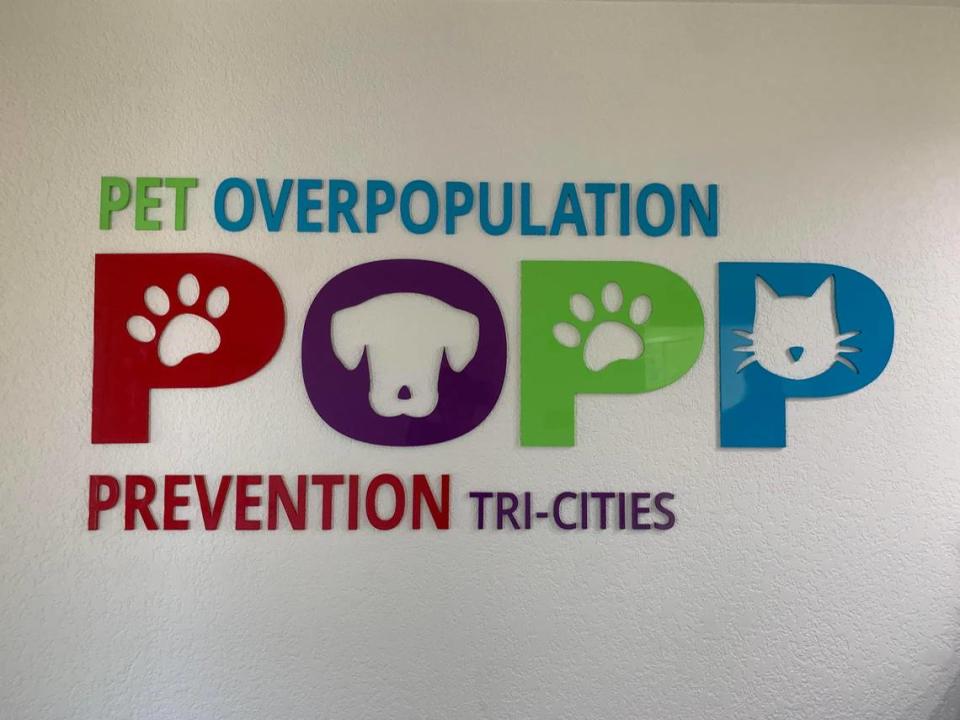Notice a large stray cat population in your neighborhood? Here’s what you should know
Neighborhoods across Washington state are experiencing large populations of stray and feral animals, even though nonprofits and animal organizations have been working to prevent further growth for years.
When asked about the stray animal population in Whatcom County, staff at the Whatcom Humane Society immediately noted, “There’s a lot of them,” in a recent phone interview.
There are organizations in the greater Bellingham area specializing in low-income spay and neuter services, like the NOAH Center in Stanwood and Spay and Neuter Northwest, and in trap-neuter-release efforts for stray and feral animals, like Rescue Pet Vet.
Despite these efforts, there is still a large need for volunteers and support in order to prevent further population growth.
It is speculated that COVID-19 had an impact on these populations. Animal adoptions were much more common during quarantine than before the pandemic. But as people returned to work, pets were abandoned at high rates.
Feral animals have been more common in rural areas, but since the pandemic, more and more colonies have been reported in bigger cities too.

How to prevent neighborhood strays
If you’re noticing an increase in stray or feral animals in your neighborhood, there are several steps you can take to prevent the population from growing while also protecting the animals.
▪ If you feed them, they will return
While it may seem counterintuitive, don’t feed strays unless you intend to follow through with the animal. Free-roaming animals are creatures of habit, especially when it comes to feeding. If you feed one neighborhood cat one time, it will return and it may bring others from its colony.
Not to mention, feeding is often used as a training mechanism for trapping animals. Volunteers will go to known colonies for days in a row, putting food for the animals in cages. They’ll eat with the cage door closed for a few days, allowing the animal to trust the cage and volunteer enough to remain calm after trapping. If you feed a neighborhood animal, you may disrupt this process.
▪ Report to a trusted organization
One of the most important steps you can take is reporting. Report stray and feral animals to animal control or trusted organizations, like the Alternative Humane Society.
Alternative Humane Society: 360-671-7445
NOAH Center: 360-629-7055
Rescue Pet Vet: 360-899-8902
Whatcom Humane Society: 360-733-2080 ext. 3017
▪ Volunteer
If you have the time, these nonprofits are always looking for more volunteers. Regardless of your skill level, if you can make the commitment, there’s likely a spot for you.
If you or someone you know can take part in trap and release efforts, it could make a huge difference on local populations. If not, there could be clinic volunteer slots available, board positions open or other ways to donate your time.
▪ Donate
Nonprofits like the Alternative Humane Society, NOAH Center and Rescue Pet Vet are consistently fundraising and brainstorming new ways to continue to fund their efforts. From annual events to local grants to donations, nonprofit funding comes from all over the place.
By contributing to these organizations’ finances, you can fund more surgeries, more space and general support for their goals. If nothing else, monetary support is always appreciated.
Help prevent further pet overpopulation
Most importantly, if you have pets or plan to get pets, make sure you get them fixed. Spaying or neutering your pet will stop breeding and related behaviors, but it also makes a massive difference in overpopulation efforts.
Staff and volunteers told McClatchy that backyard breeding massively contributes to pet overpopulation. Whether it starts on accident or on purpose, these animals are then adopted out without being fixed or vaccinated.
Some shelters or pet stores will do this too, adopting out animals that haven’t been fixed or vaccinated so long as the new owner promises to do so within 30 days. There is little oversight on this process, so the majority of animals adopted under these conditions are not taken in.
That said, it is important to make sure you are entirely committed to owning a pet before you adopt. Consider fostering if you’re on the fence. It is far too common that people think pets will be easier than they turn out to be and give up.
Clinic staff told McClatchy about common reasons pets are surrendered. It often revolves around a life change, like a move or job loss. But it can also come from animal behavior, like unexpected breeding or difficulty training. Regardless, talk with someone before dumping or abandoning the animal. Clinics and shelters have surrender options available, and they can talk you through your options.

